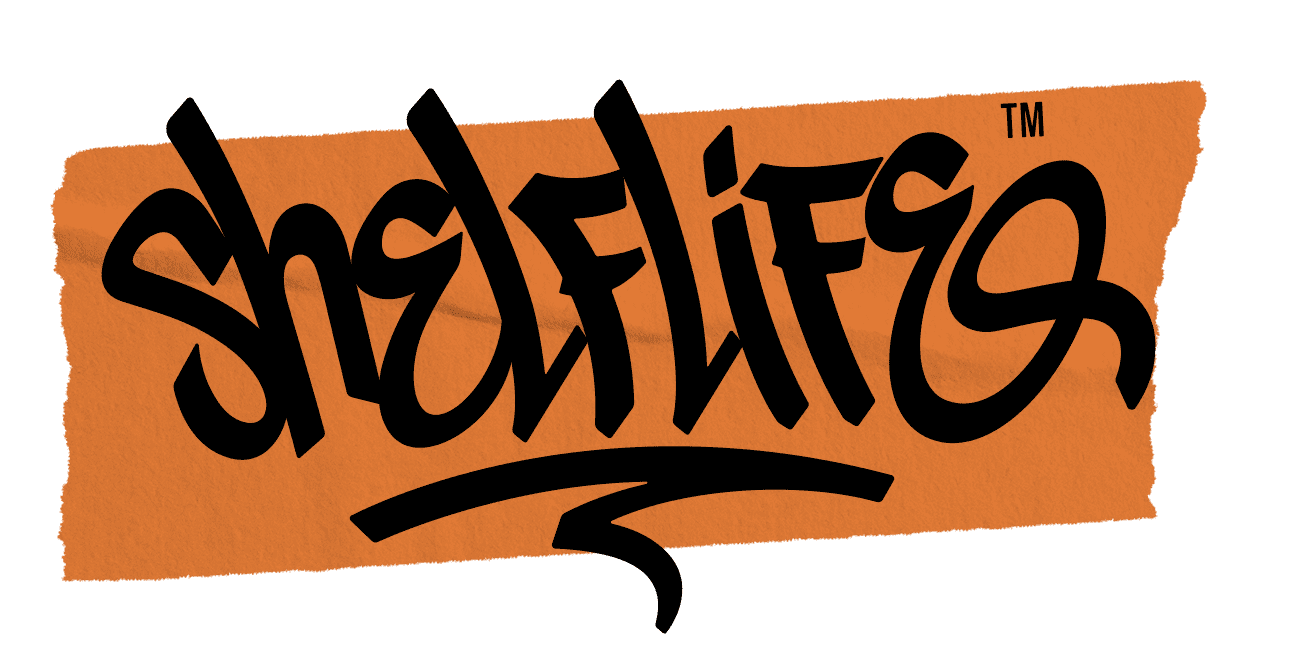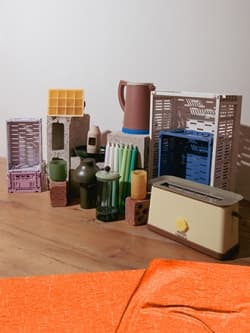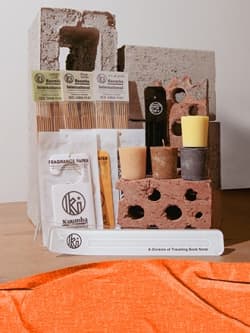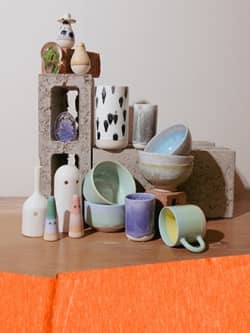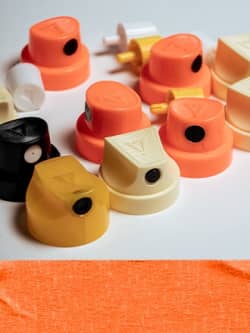Welcome To Brutal.

Woodstocks’s Brutal. art gallery is an exciting space that aims to create a more egalitarian experience for creating and viewing art. With such a clear vision, promising future and impressive portfolio, the space is both an outlier and a trailblazer in the industry. We got a few moments with co-founder Elad Kirshenbaum who took us through the specifics of why Brutal. is so special.
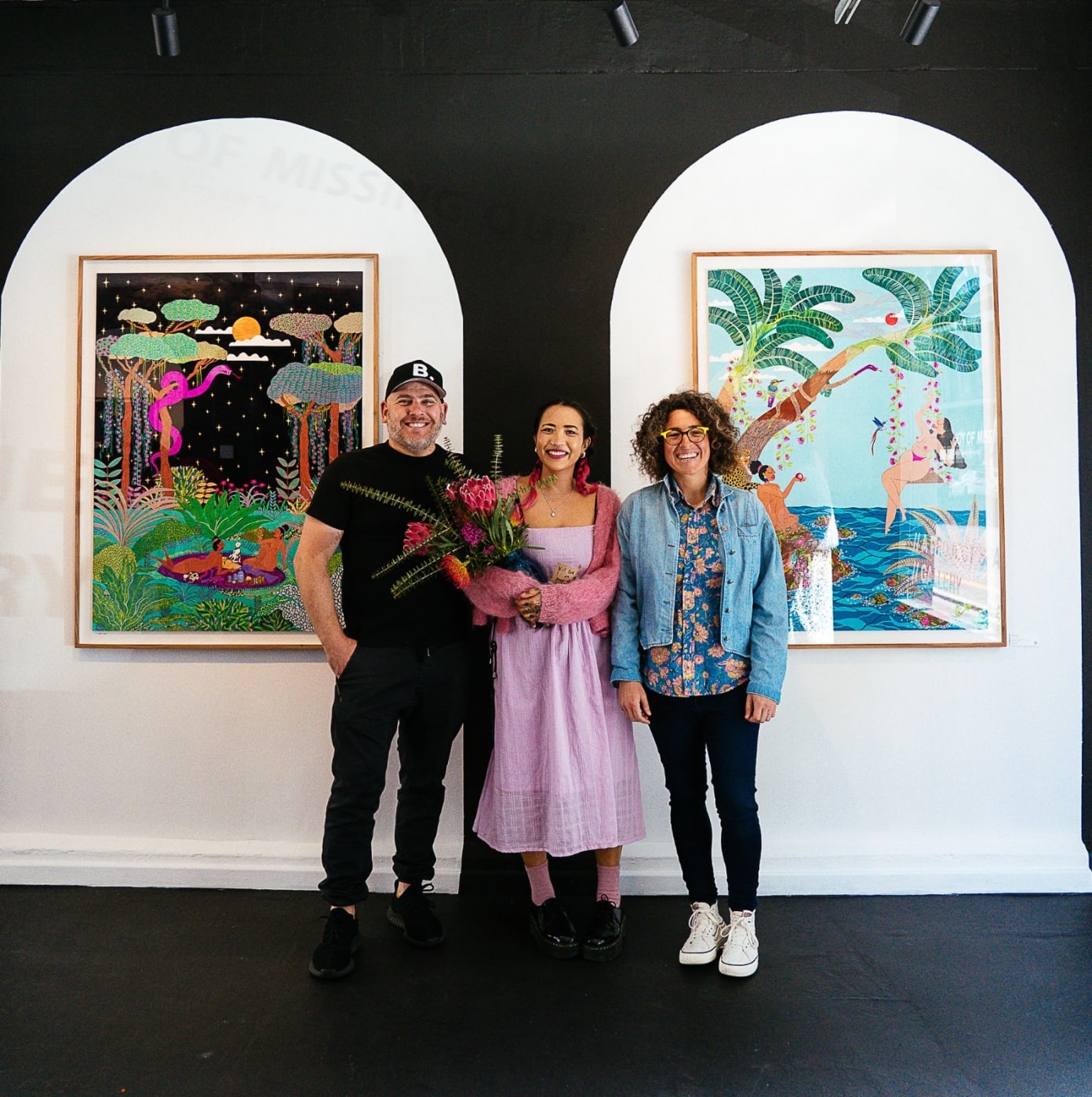
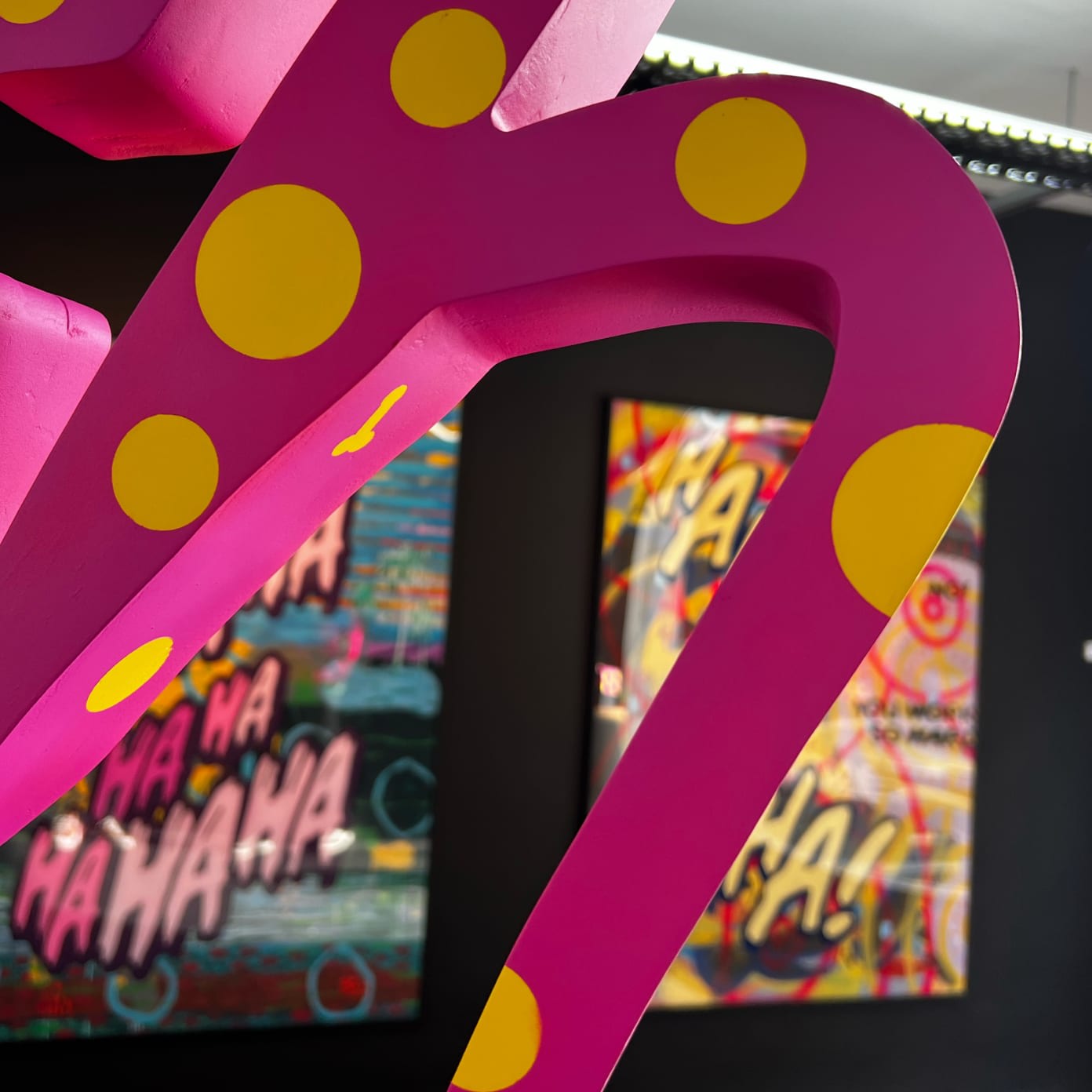


TS: Who is Elad Kirshenbaum and what is your role at Brutal?
EK: I am one of the co-founders of this collective space. Even though I am the steam engine powering things along most days, Brutal. would not be possible without the support of the community alongside me. The dream is that the steam engine one day creates enough momentum so that the train can pull itself up the mountain. Then a whole board of curators can become the steam engine for the next generation, and I will then step back.
TS: After a little digging I found that you have a passion for street art. Where did this begin and how has it influenced your role at the gallery?
EK: Street art is the great societal equaliser. When you stand in front of a piece of public art, all that matters is your emotional reaction to the work. It is your choice whether to keep staring at it or to keep walking along the road. No curators or gallerists are peering over your shoulder judging your reaction, or assessing whether or not you can afford to be in the space.
But also public art is vulnerable to the elements. It is the most brutal form of curation there is. A street artist could spend two weeks creating a piece, but I can come along with a bucket of paint and it’s gone in two minutes. In the street, art and people are in direct communication. And this is one of the founding concepts of Brutal. When we started we left the gallery open at all hours and invited people to come in and participate in how the shows were curated. One day, I entered the gallery and all the works had been turned upside down. It was one of the happiest days for me.
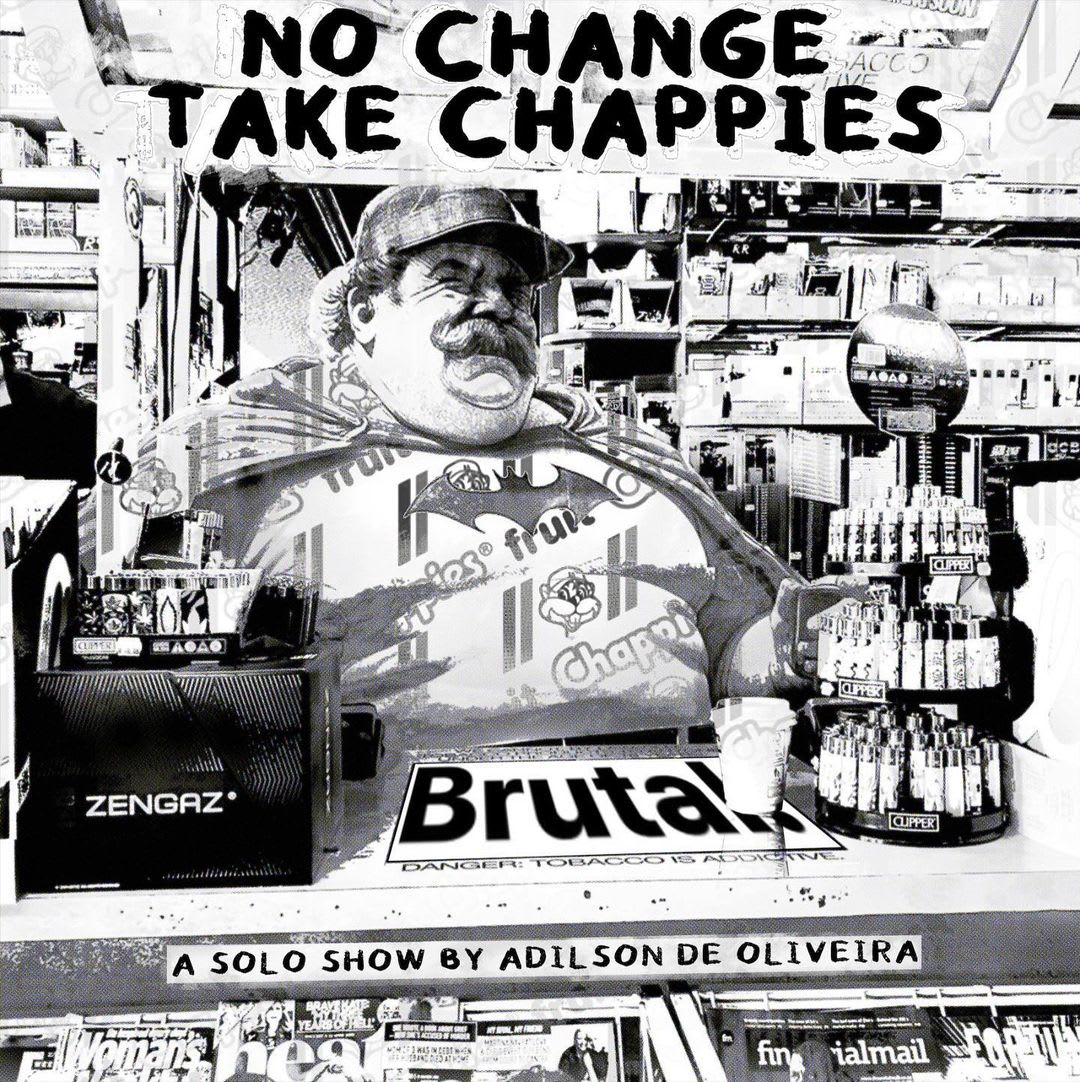
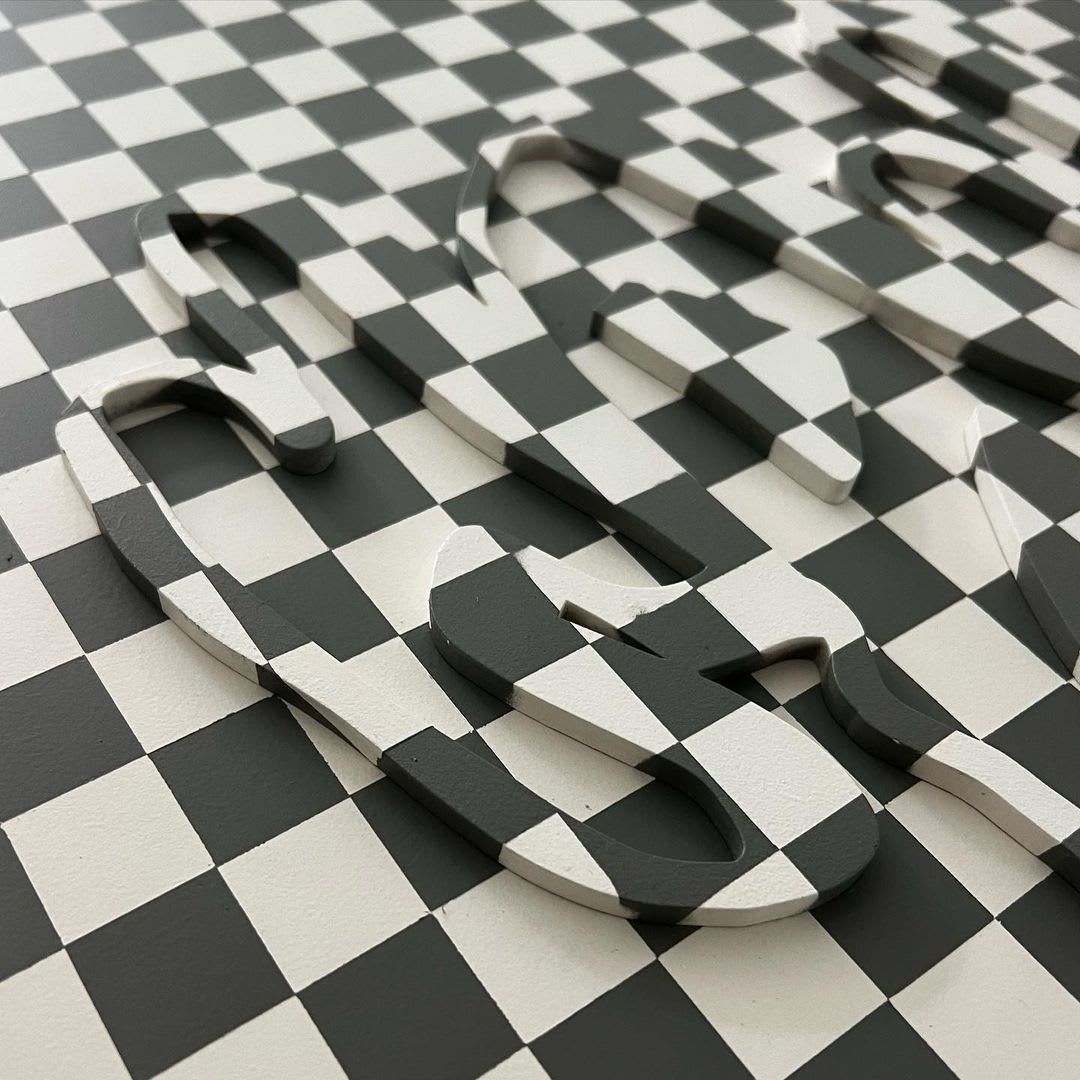


TS: For those who are reading about Brutal for the first time, how would you describe it to them?
EK: A welcoming, non-judgmental pathway to the art world. Instead of a white cube that is stark and removed, we are actively trying to create the opposite experience for people.
TS: Does such a bare-bones approach lend itself to a genuine appraisal of the work? Doesn't this method invite snap judgments or unrefined opinions?
EK: Who decides when an opinion is unrefined? That is our whole mission here — all opinions are welcome. We shouldn’t be afraid of opinions. That’s my opinion.




TS: Is the gallery's ethos partially a response to the digital consumption of art, where opinions are binary (like or keep scrolling) and instant?
EK: This is very similar to street art, where you can either like it and stop to look at it for a while and maybe take a photo, or keep moving past. So our work at Brutal. exists in the digital space, for sure, but we also exist out in the world. And how people react to work is remarkably similar in both realms.
TS: Is residence and artist management an integral part of Brutal's identity?
EK: Brutal. is a whole infrastructure, which includes the project space gallery, the shop, residency, mentorship and Brutal. MGMT, which is the management part. All of them together create an ecosystem that supports artists from their early days towards an established career and seeks to provide them with tools for their growth. The mentorship part of the process is one of my favourites because when a new artist enters our ecosystem, they are paired with a more established artist who comes with years of experience creating, developing a voice and interacting with the marketplace.




TS: Having been born during the tumult of Covid, the gallery undoubtedly faced numerous challenges. Which of these challenges delivered the most lasting lessons?
EK: That hard work is rewarded over a long period. This is a twenty-year-long overnight success. We live in a time of instant gratification, but to achieve great things, we have learned that you have to resist this trend in society.
TS: What are the highlights of your first three years of operation?
EK: The most gratifying thing for me has been to see how the artists in the mentorship program grab the opportunities they are offered, and then those opportunities become springboards for more growth in their careers. Then when the collectors embrace them, the whole thing feels like it has come full circle. All of it is culminating now in our acceptance into SCOPE MIAMI where our artists will have the opportunity to be showcased on a global stage. Great things lie ahead.
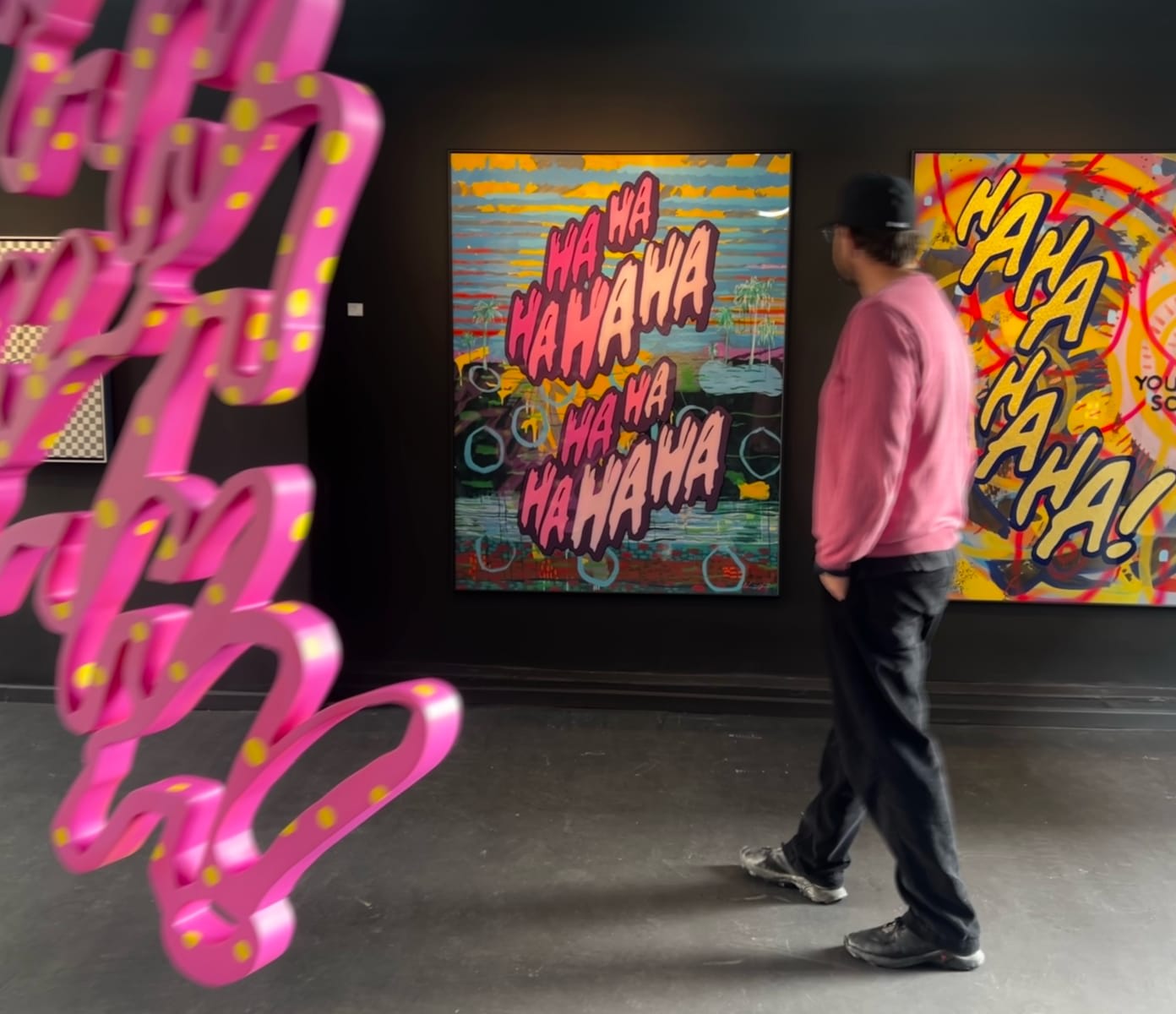
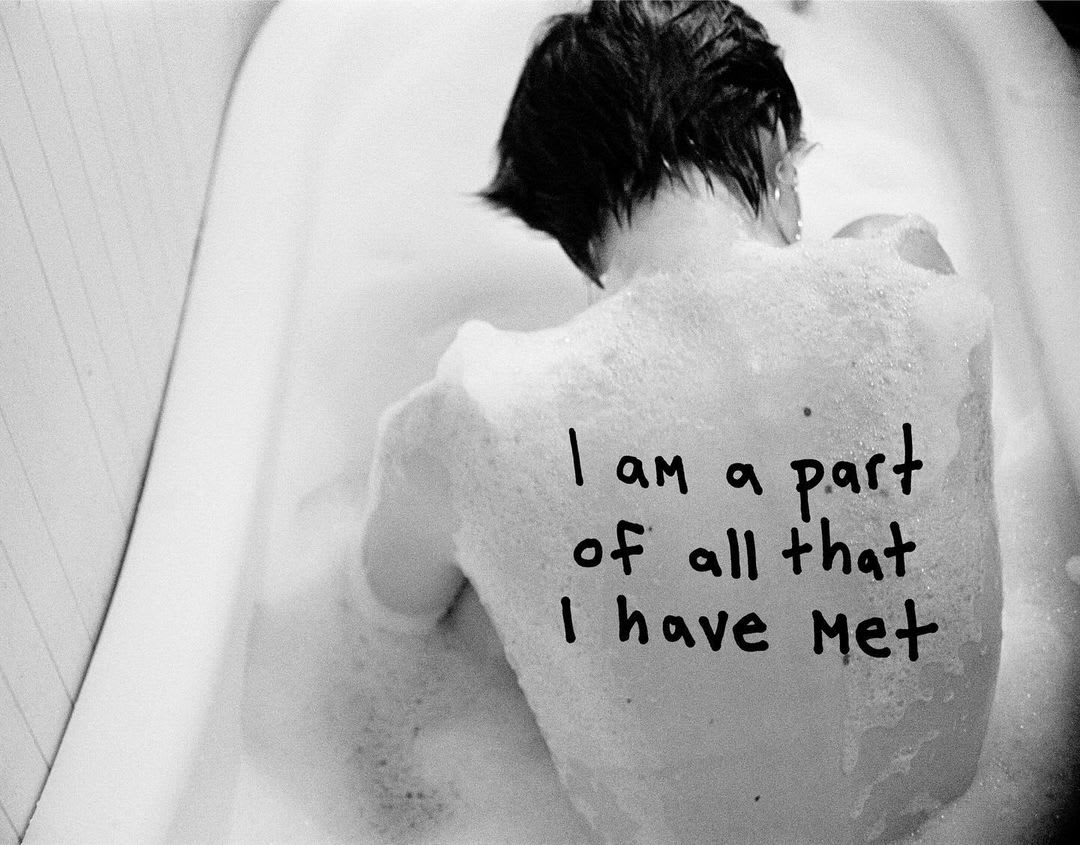
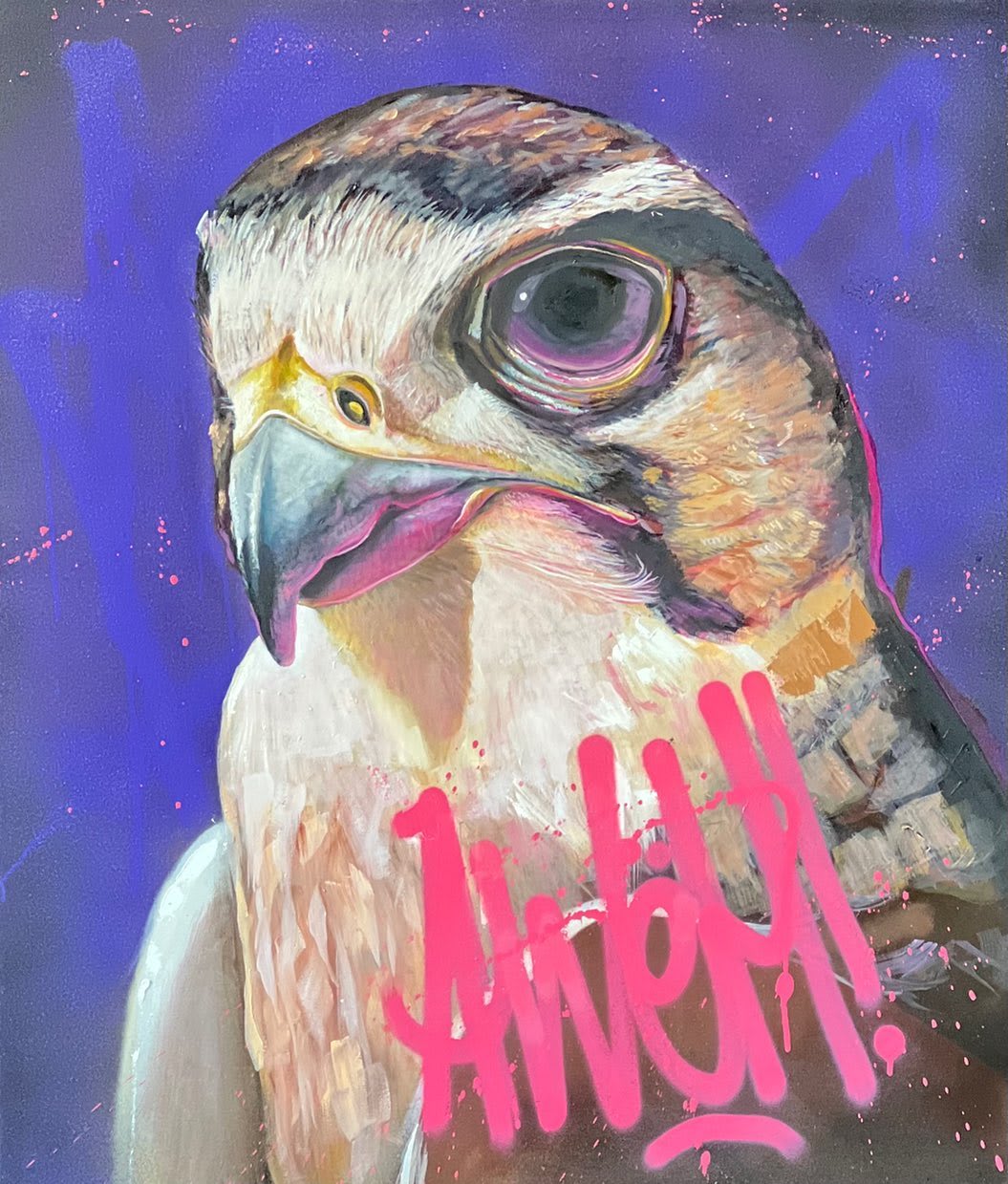
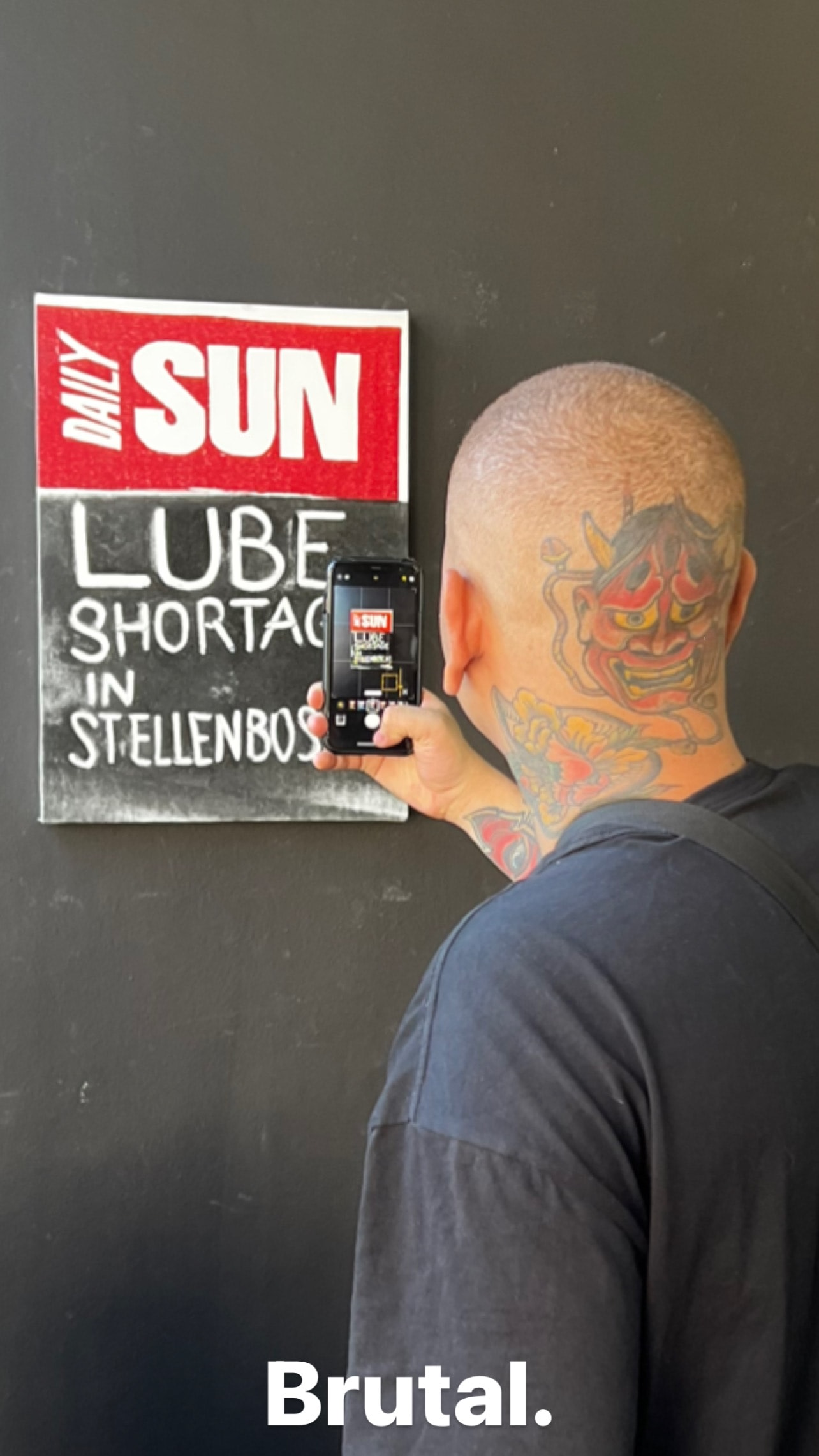




For more information contact [email protected]
Words by Tshiamo Seape for Letterhead
